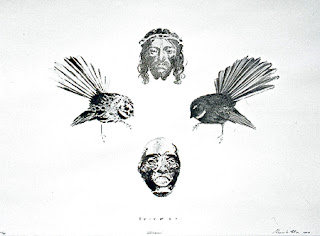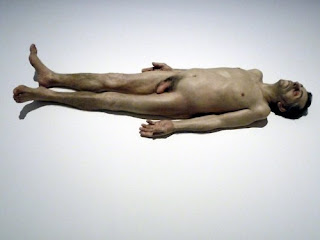'Conceptual art is art in which the concept(s) or idea(s) involved in the work take precedence over traditional aesthetic and material concerns.' (http://en.wikipedia.org/wiki/Conceptual_art) I think Kapoor's work is definitely considered conceptual art. His sculptures are very interesting and go outside what people consider 'art' and what they could see just by looking at them.
Obit sculpture
Dirty Corner
Cloud Gate
2. Research 3 quite different works by Kapoor from countries outside New Zealand to discuss the ideas behind the work. Include images of each work on your blog.
Obit Sculpture 'Their Orbit tower is not consensual, or easy to make sense of. It is wild and unexpected. It is, I believe, the most exciting British public artwork since House. Those who commissioned and created it deserve acclaim for choosing electricity over dull consensus.' (Jones, J guardian.co.uk) This sculpture was made for the 2012 London Olympics and was not consented by the public so it was quite controversial. 'Inside, they gradually lose their perception of space, as it gets progressively darker and darker until there is no light, forcing people to use their other senses to guide them through the space.' This is Dirty Corner. A sculpture by Kapoor that creates an experience of the other senses that aren't sight, which is our main sense. Cloud Gate is a sculpture in Chicago with a reflective surface. He talks about these objects in terms of painting: the effect, he explains, of a traditional painted surface is to draw the viewer into a space that apparently recedes beyond the picture plane. In the mirror pieces, by contrast, "the space doesn't recede - it comes out at you ... a new sublime that's forward of the picture plane." (guardian.co.uk)
3.Discuss the large scale 'site specific' work that has been installed on a private site in New Zealand.
The piece is called 'Dismemberment, Site 1' It is 'Composed of a vast PVC membrane stretched between the two giant steel ellipses.' 'Kapoor has commented, “I want to make body into sky”. At the farm he achieves this. Here, the artist had to devise a form that was both freestanding and capable of surviving a constant arm-wrestle with the sky and the mercurial weather conditions.'
4. Where is the Kapoor's work in New Zealand? What are its form and materials? What are the ideas behind the work?
it's located on a private farm called 'Gibbs Farm' in Kaipara Harbour.
5. Comment on which work by Kapoor is your favourite, and explain why. Are you personally attracted more by the ideas or the aesthetics of the work?
I like the Dirty Corner. I am interested to see what kind of reactions different people would have as their sense of sight is taken away. I really like how he is making his art an experience so that people can interact and react with the work.
http://en.wikipedia.org/wiki/Conceptual_art
http://www.guardian.co.uk/artanddesign/jonathanjonesblog/2012/may/15/anish-kapoor-olympic-park-public-art
http://www.designboom.com/weblog/cat/10/view/14982/anish-kapoor-dirty-corner.html
http://fabricarchitecturemag.com/articles/0110_sk_sculpture.html
http://gibbsfarm.org.nz/kapoor.php
http://www.guardian.co.uk/artanddesign/2008/nov/08/anish-kapoor-interview






















